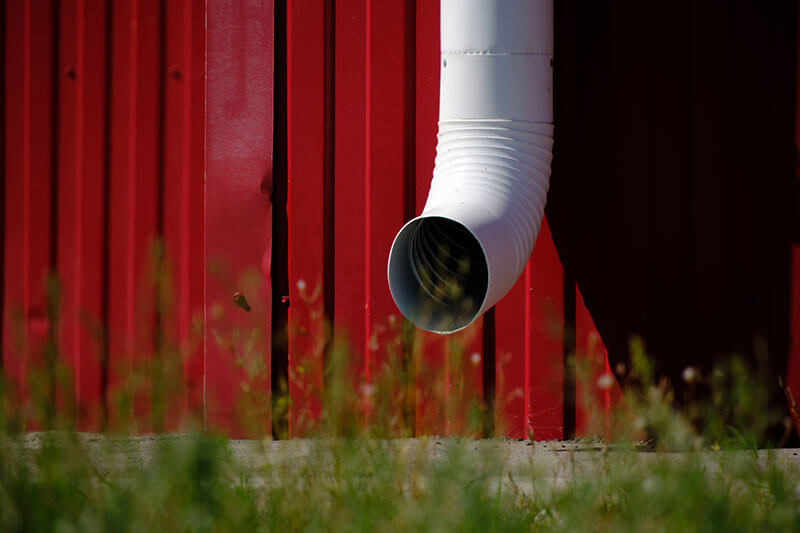Once your chemical termite system has been professionally installed, there is very little chance of termites gaining access to your home. However, there are some things that the Residents can do which will help to further reduce the risks of termites entering your property.
1. Landscaping
If you are planning on digging around the external perimeter of your home to replace or create a new bed of plants, it is important to keep in mind that by disturbing the soil, you could potentially create a break/ gap in the barrier and compromise the treatment, allowing termites to gain entry to your house.
2. Mulch, Concreting, Paving
If mulch, concrete, or paving is installed around the house after the barrier, it could provide a bridge that may allow termites to pass through/over your installed barrier. It is also important to ensure that grass clippings are not placed against external walls or fencing. If in doubt, call our office for advice.
3. Stored Items
It is essential that a clear visual inspection zone is left around the house. Do not store any items against the external walls. Stored items may include pavers; cardboard; firewood; furnishings.
4. Leaking Water Systems
Termites love moisture and are naturally attracted to it. Whilst your home is protected against termites, it is important not to place any unnecessary pressure on the system. Fix leaking hot water systems/taps and ensure that the water outlet for your air conditioning system is well away from the base of the house.
5. Downpipes
As above, termites are attracted to moisture. Down water pipes/guttering that are leaking will create a moist environment against the base of the house and encourage termite activity. Ensure guttering/down water pipes are well maintained.

6. Timber Piers
Timber piers for decking/ pergola/ patio should all have steel stirrups at the base (with a 75mm gap between the base of the post and finished ground level). Stirrups are used because any timber in direct soil contact is a prime area for termites to gain entry to your property and will cause timber decay. Stirrups will also allow a visual inspection zone, exposing termites who may try and make their way up the piers.
7. Stored or loose timber around the home
Leaving piles of timber around your home will be extremely attractive for foraging termites. Ensure that there are no stored timbers around the house to prevent inviting termites into your property.
8. Digging Animals
Ensure that your animals (dogs) do not dig anywhere around the external walls of your home. A digging dog can create a break/gap in the barrier and compromise the treatment the same way a human can when landscaping!
9. Pot Plants
Although pot plants can look lovely against your external walls when you water them the excess water will drain out and create moist conditions encouraging termites. Pot plants may also cover the base of the external walls preventing a clear inspection zone.
10. Plumbing, Renovation, Extension work
Prior to any of this work being completed, we strongly recommend you contact our office for guidance as this work may interrupt and compromise the installed barrier. If in doubt, give us a call!
11. Regular Visual Termite Inspections
These are warranty requirements and will pinpoint any issues that may arise. It is essential that an inspection be performed by a qualified Pest Inspector at least every twelve months!
Remember we are only a telephone call away! If you have ANY doubts or questions regarding your chemical barrier CALL US on 3297 5754 or contact us via the contact page
